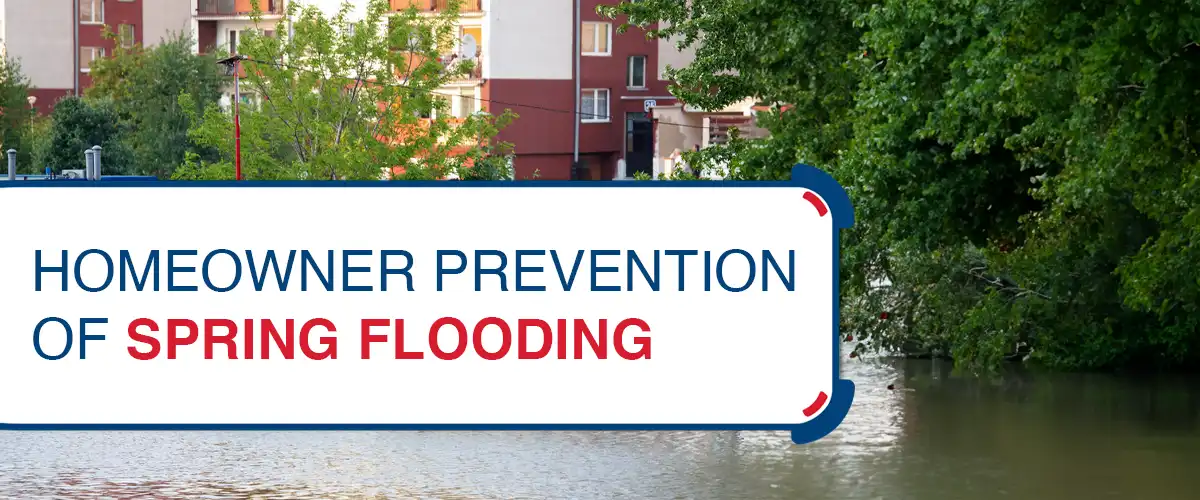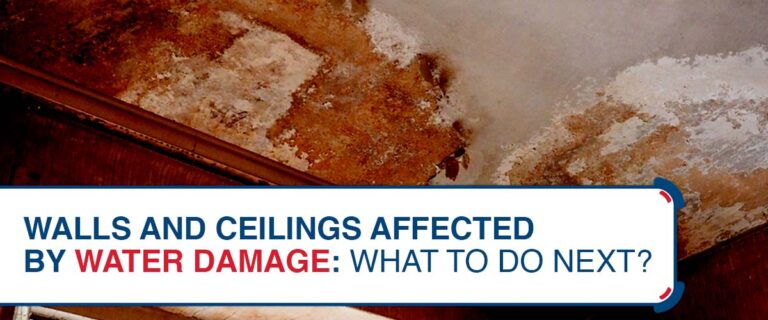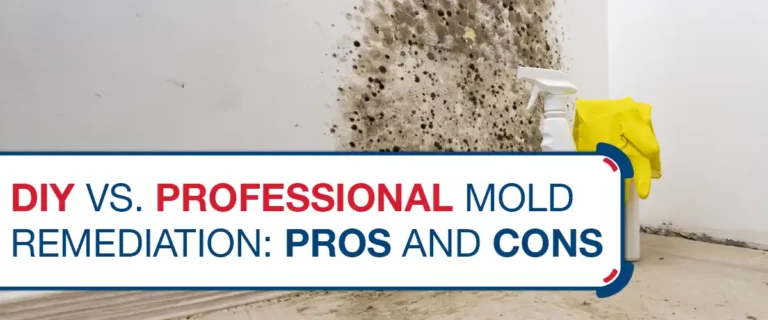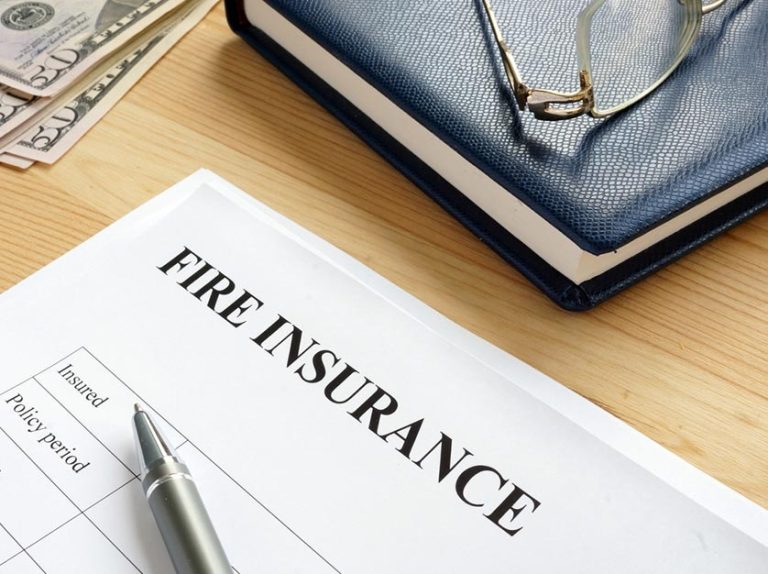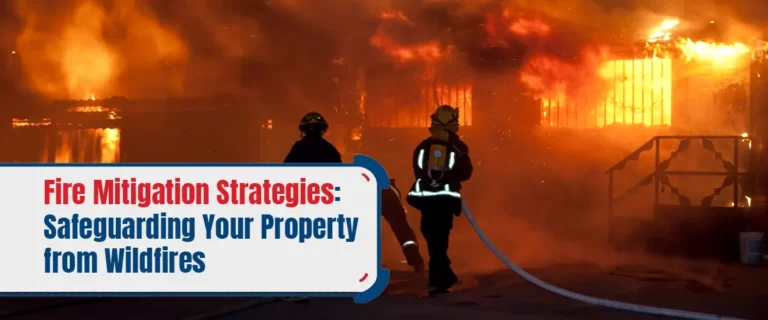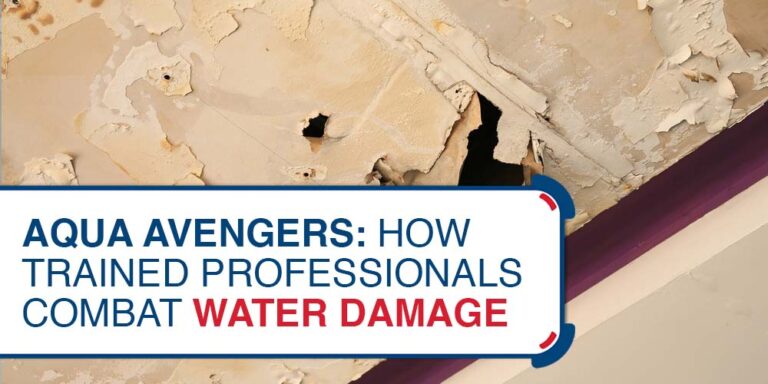Spring is a beautifully warm season — full of blooming flowers and warmer weather. However, it also brings the risk of flooding. Spring flooding is commonly experienced during this season because of heavy rains, ice jams, and melting snow. It can significantly impact homeowners, causing property damage and health risks. For this reason, it is crucial to keep our hands on deck for this kind of unforeseen event.
Today, we will discuss the importance of taking preventive measures, focusing on the role of water damage services in mitigating the damage caused by flooding. Aside from having the water damage company in Shawnee, KS, on speed dial as a homeowner, here are the steps to steer clear from spring flooding.
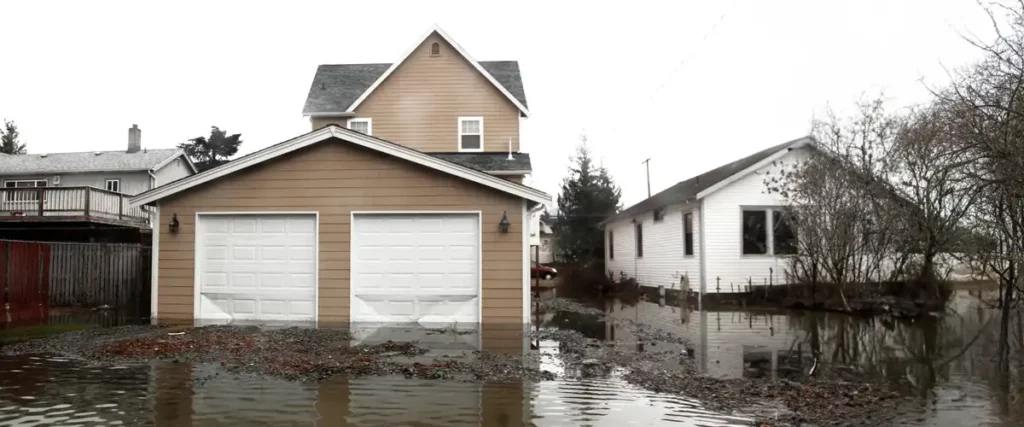
Understanding the Risks
Various factors can cause spring flooding. Some factors include snowmelt, heavy rainfall, and overflowing rivers. Understanding these risks is crucial to take adequate measures to prevent flooding. The potential damage caused by flooding provides property damage, such as foundation issues and basement water damage. Additionally, it comes with health risks due to contaminated floodwaters. By being aware of these risks, homeowners can better protect themselves and their properties.
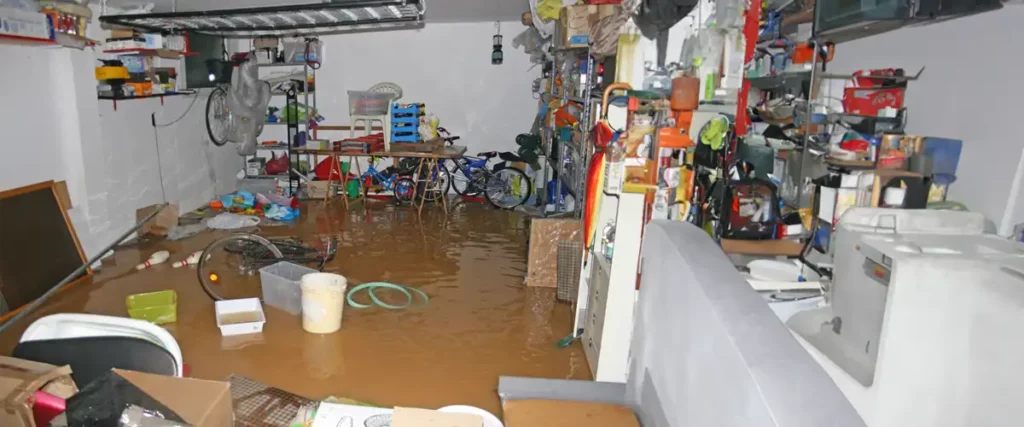
Preparing Your Home
Preventing spring flooding starts with preparing your home. Here are some key preventive measures to consider:
1. Clearing Gutters and Downspouts
Regularly clearing out debris from gutters and downspouts ensures proper drainage, preventing water from overflowing and pooling near the foundation. Clogged drains potentially lead to water seeping into your home, causing extensive damage.
2. Grading Your Lawn
Ensure the ground around your home slopes away from the foundation. Proper lawn grading helps prevent water from pooling near your home, reducing the risk of flooding. If the grading is inadequate, water can accumulate near the foundation, increasing the chances of water seepage into the basement.
3. Inspecting Basement Walls and Floors
Regularly check your basement for cracks, leaks, and signs of moisture. Address any issues promptly by sealing cracks and waterproofing the walls to prevent water from entering. Water can seep through even small cracks, causing significant damage to the foundation and leading to mold growth.
4. Invest in Sump Pumps
A sump pump is a valuable tool for basement flood protection. The equipment can automatically remove water and prevent flooding. Ensure that it is maintained regularly for proper functionality.
5. Elevating Electrical Systems
Elevate electrical outlets, switches, and appliances above the potential flood level to reduce the risk of electric shock and fire hazards. This can be done by installing them higher on the wall or ceiling in areas prone to flooding.
6. Building Barriers
In imminent flooding, building barriers around your home can redirect water away from vulnerable areas. Sandbags, portable barriers, or other flood barriers can prevent water from entering your home. Consider consulting with a water damage service or local authorities for guidance on the appropriate barrier placement and construction.
7. Installing a Backwater Valve
A backwater valve prevents sewage backups during heavy rainfall or flooding, protecting your home from water damage and contamination. It is a one-way valve allowing sewage to flow out, preventing it from returning to your home during flooding.
Remember, it is crucial to involve a water damage service when preparing your home for flooding. They provide expertise and assistance in assessing your home’s vulnerabilities, recommending appropriate preventive measures, and even performing the necessary installations and repairs. Their knowledge and experience can help ensure that your home is adequately protected against spring flooding.
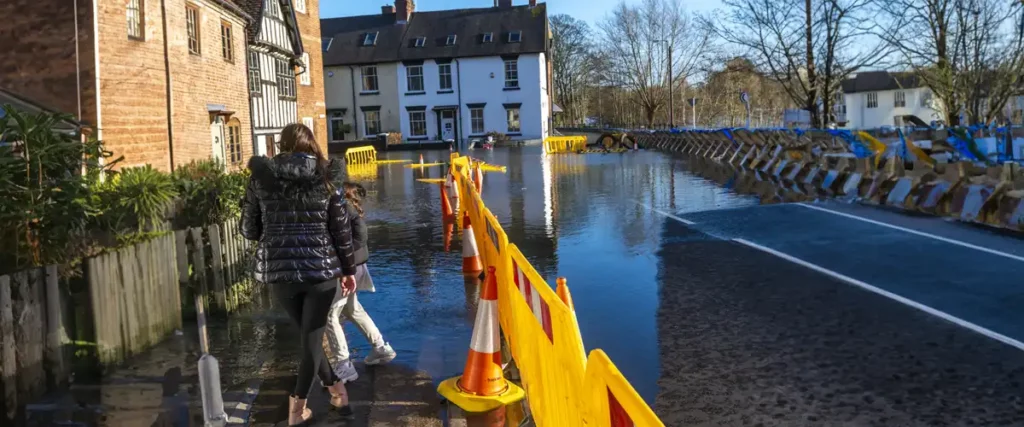
Safety Precautions during Spring Flooding
In addition to home preparation, taking safety precautions during spring flooding is essential. Here are some tips:
- Create an Emergency Kit: Prepare an emergency kit with essential supplies, including food, water, medications, flashlights, and a battery-operated radio.
- Secure a Grab-and-Go File: As suggested by the University of Minnesota1, a Grab-and-Go File is simply a binder or a folder containing important documents. Although a digital file is more convenient, it is still important to keep official documents safe.
- Develop an Emergency Plan: Create a plan that includes evacuation routes, a meeting point, and communication protocols. Share this plan with your family members.
- Stay Informed: Stay updated on your area’s weather conditions and flood alerts. Follow local news reports and official instructions.
- Avoid Walking or Driving Through Floodwaters: Floodwaters can be powerful and dangerous. Avoid walking or driving through them to prevent accidents and injuries.
- Disconnect Electrical Appliances: If flooding is imminent, disconnect electrical appliances to reduce the risk of electric shock and potential damage to your electrical system.
- Seek Higher Ground if Necessary: If flooding threatens your safety, seek higher ground2 and follow evacuation orders from local authorities.
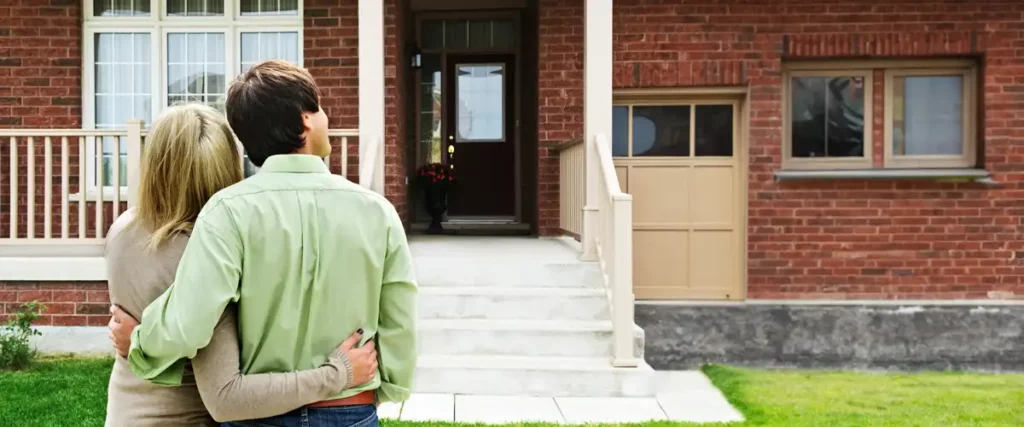
Say Goodbye To Spring Flooding!
Weather events take time to predict. It can happen when you least expect it the most. Although it is a headache to experience, you can still take precautions to lower damage from weather events caused by spring flooding. Taking preventive measures can protect your home from water damage.
Furthermore, homeowner prevention plays a crucial role in ensuring the safety and security of your property. In this process, water damage service providers can assist in assessing vulnerabilities and implementing preventive measures. Luckily, a water damage service at Shawnee, KS, can help you.
By remaining proactive, following safety precautions, and involving professional assistance when needed, you can mitigate the damage caused by spring flooding and safeguard your home. Protect your home against the risks of spring flooding and ensure the well-being of yourself and your family.
References:


